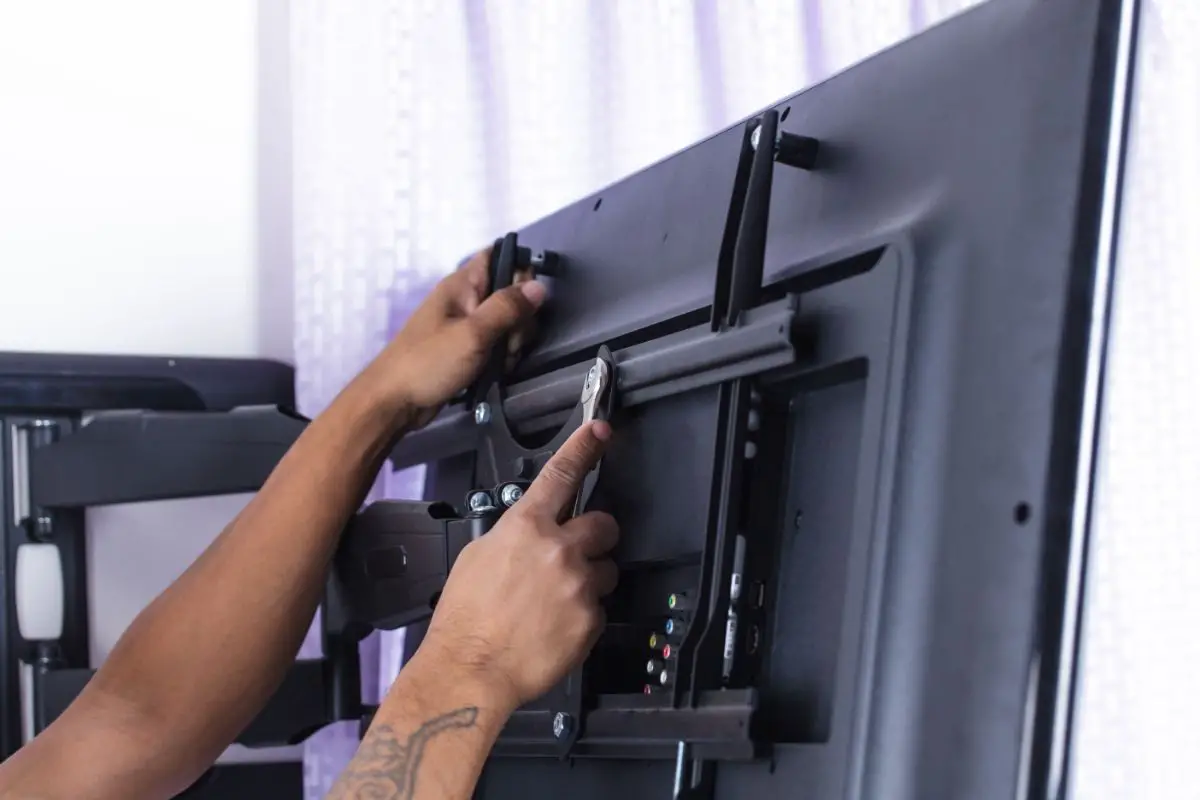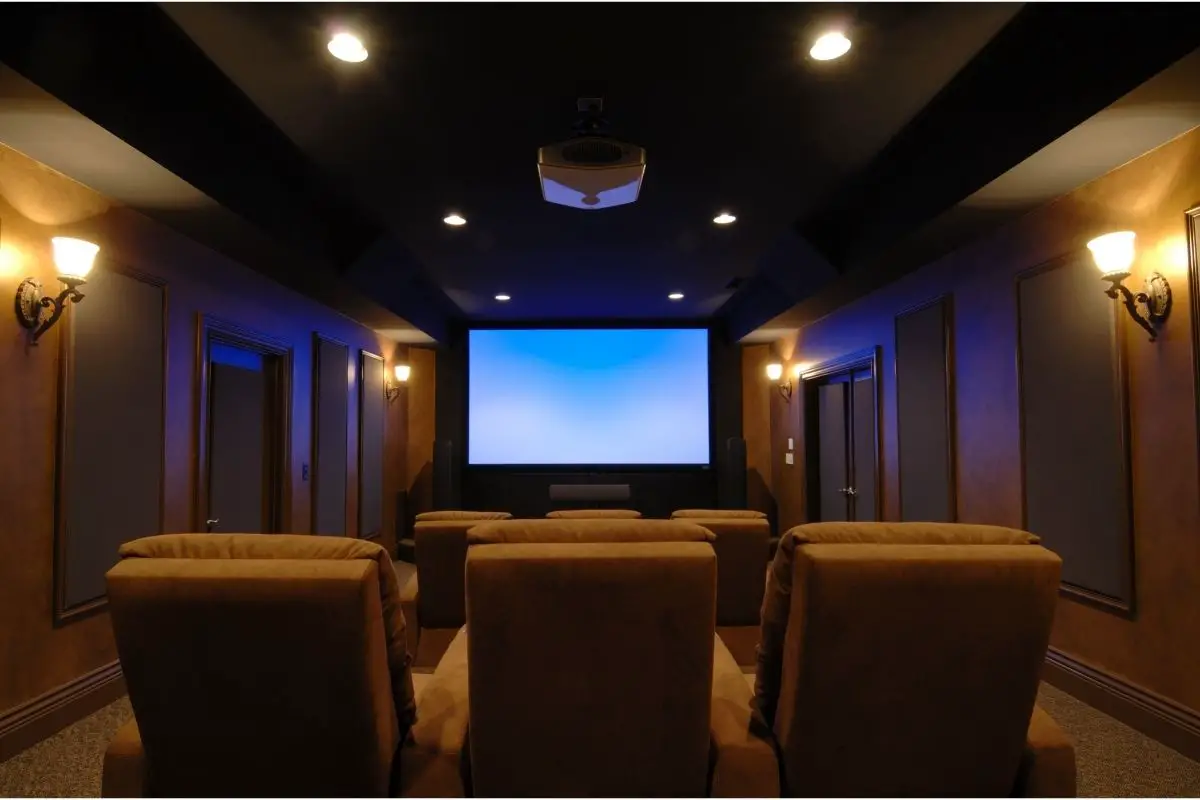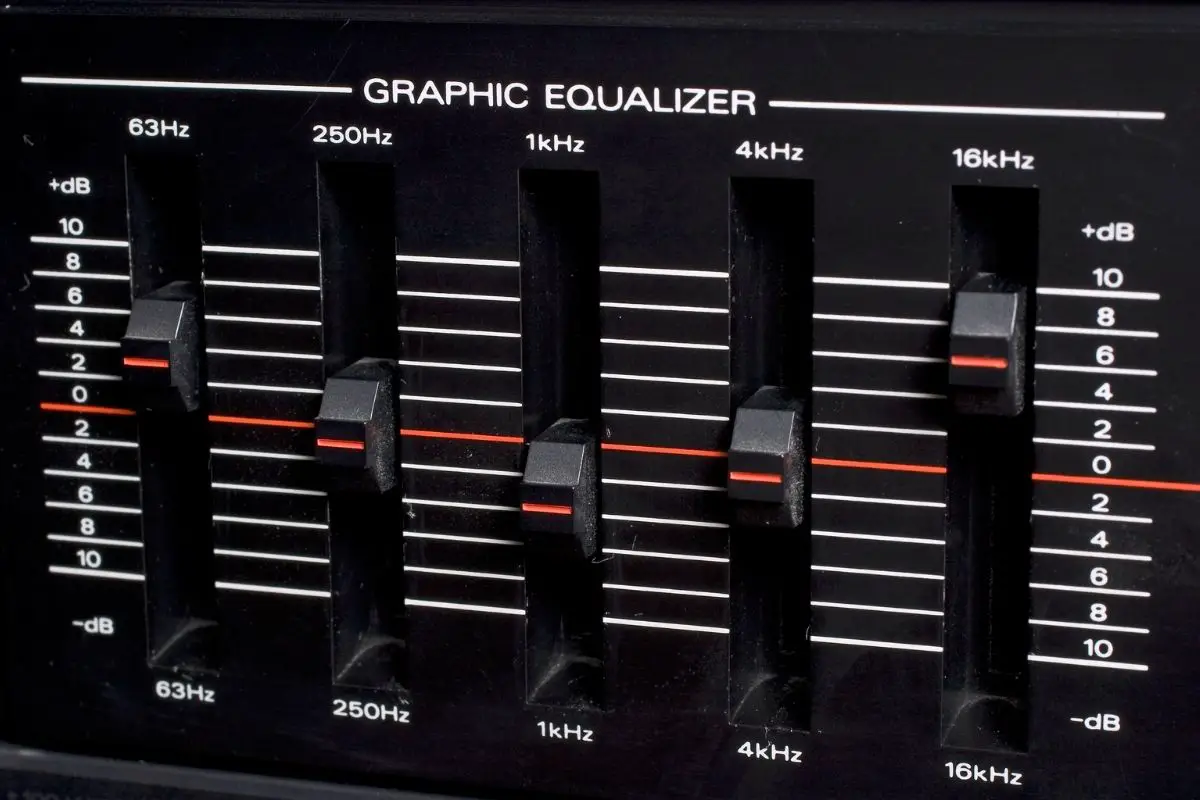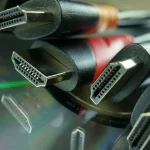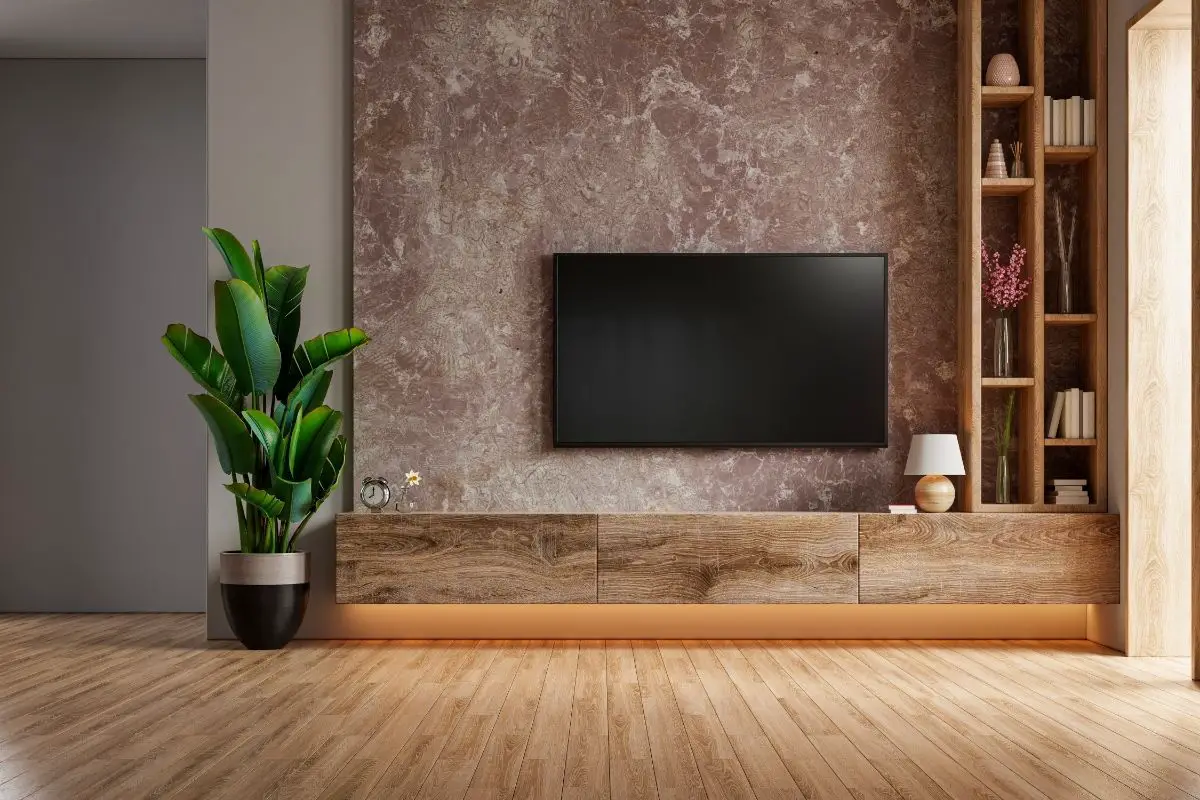When shopping for a new television or a sound system, one of the decisions you will have to make is whether to get a PCM or bitstream signal. Both have their benefits and drawbacks, so which is the right choice for you?
This post will break down the difference between PCM and bitstream signals and help you decide which is best for your needs. Stay tuned!
What Is PCM?
PCM stands for Pulse Code Modulation and is the audio encoding format used in most digital audio transmissions.
It works by converting the analog signal from a microphone to a digital signal which can be transmitted or stored. For example, in your home theater or car audio system, a decoder receives PCM signals, which converts them to an analog signal that you can hear through speakers.
What Is Bitstream?
Bitstream is a type of transmission used over HDMI connections in a home theater setup. It sends both video and audio information together in one package, so to play it back, you need only decode it once without splitting the two apart again. If you have ever played music from your Apple TV using Air, you have already used bitstreaming without knowing it.
How Does PCM Work?
Before digital encoding was invented, the only way to record sound was by using analog means. Artists would go into a studio with musical instruments and sing or play them into a large reel-to-reel machine that captured the sounds as waves on magnetic tape. These tapes also have much better audio quality than CDs when they were introduced in the 1980s. The problem is that these tapes are pretty much useless now since they can’t be converted back to their original form due to how analog signals degrade over time. However, many modern bands prefer analog recording since it typically has less background noise than digital formats, so some companies specialize in converting old analog recordings to digital formats.
With PCM encoding, the analog signal from a microphone first passes through an Analog-to-Digital converter (ADC) which digitizes it by representing each sample as a binary value. This is called Pulse Code Modulation because the samples are represented as short pulses of a carrier waveform. The more frequent these pulses are, the higher the audio signal’s frequency. In addition to this, they also vary in amplitude to represent different volumes of sound waves. These pulse code modulated data packets can then be compressed with lossless data compression techniques to save space and pass them onto other devices via a wired or wireless connection for decoding and playback through speakers or headphones.
How Does Bitstream Work?
Bitstream is another word for bit-for-bit, meaning that the data is sent exactly as encoded. The format was developed so that bits of audio and video information could be combined into one single path without losing synchronization or requiring splitters. It can send up to eight channels of digital audio over one cable, which means very little data loss compared to PCM encoding. All it does is take the digital bits used in PCM encoding, package them with other metadata like timestamps, then forward them to their destination via the HDMI port on your TV or receiver.
Bitstream has a couple of drawbacks, though, since it doesn’t allow you to change your speaker settings without having to go through your player’s menu. If you are using Dolby Pro Logic II, for instance, you will only be able to experience that with your receiver’s front-left speaker rather than all of them. The other drawback is that since bitstream encoding contains both the video and audio information, it takes up more bandwidth than PCM since video requires more data to be transmitted. This means it needs its cable on top of your regular HDMI connection, so depending on how many devices are connected, you might find yourself needing to unplug one or two of them.
PCM vs. Bitstream: What’s The Difference?
So what’s the difference between PCM and bitstream? Are they the same thing? Well, sort of. The term “bitstream” is a general term that describes data sent or received using a digital transmission method, while PCM refers explicitly to an encoding method. So, for example, when you play music from your Apple TV with Airplay, it uses an encoded version of the song, which has been compressed so it can be more easily streamed over your home network without burdening your Internet connection. This means you are receiving a bitstream transmitted from the Apple TV to your wireless device then back again rather than just playing back a file on either one.
One way to think of this is by standing in front of a locked door with your friend on the other side. You have a key, but rather than unlocking it yourself, you pass the key to your friend so they can open it for you instead. Once they’re done, they hand the key back to you, and you unlock the door on your end. PCM encoding is like having both of you use digital audio cables to connect each other’s devices, while bitstream is more like having one person unlock the door then passing that same key back to the original owner before opening the door again.
Bitstream encoding takes an uncompressed file and compresses it by removing some data during playback, enabling it to be passed onto another device using fewer bits of data, then uncompress it once more once it’s received. In addition to this, it also converts the file from the digital back into analog sound wave data for playback through your speakers. Unfortunately, this is why you can’t adjust your speaker settings with the bitstream.
On the other hand, PCM encoding takes that same uncompressed audio file and sends bits of it along in an encoded format rather than compressing any of the actual data like bitstream does. The receiver will take these bits and convert them back into an analog signal, then send that information to your speakers or headphones. That’s why when you play a PCM file. You could change your settings in its menu even if it were sent via bitstream (like when watching Netflix, for example).
Is Bitstream Better for Soundbar?
So is bitstream encoding better or worse than PCM for soundbars? Well, the answer to that question largely depends on your soundbar. The bitstream can provide a more immersive surround sound experience since it takes the original audio file and sends its metadata to your receiver, which adds that into what you are hearing. However, if your receiver doesn’t have built-in virtual surround modes, you don’t have much choice other than using bitstream because it will send both the video and audio data over HDMI rather than splitting them up as PCM does.
On the other hand, if you are using an AV Receiver with compatible virtual surround modules, I highly recommend using PCM because it offers far better flexibility when choosing different presets. This is especially true if you use a separate subwoofer because bitstream will only send low bass frequencies to your main speakers, which means the soundbar won’t handle it. You may need to ask your surround system supplier for specific models of receivers that offer virtual surround modules and their PCM decoding capabilities before making a final purchase.
As long as you select compatible products, both encoding methods should provide you with an excellent audio experience, so whether you choose one or the other comes down to how much you know about decoding them yourself. Unless they have told you in advance, most manufacturers tend to use an unknown variant of bitstream encoding by default through HDMI ARC rather than PCM, so there’s nothing wrong with trying out both to see which one works best for you.
Is PCM Better for Soundbar?
We can’t say whether PCM is better or worse for soundbars because it all depends on the receiver you are using. Most AV receivers that support virtual surround will use both decoding methods from what I’ve seen. Still, people who have used something like a Yamaha RX-V485, for example, will see no significant difference between the two. Hence, there’s nothing wrong with trying out bitstream first before moving onto PCM if your receiver doesn’t have virtual surround modes, to begin with.
As mentioned earlier, though, choosing PCM over bitstream only makes sense if you are using external subwoofers because your soundbar won’t take care of low bass frequencies by itself, no matter which way you look at it. Bitstream will automatically send low bass frequencies to your main speakers so that you won’t have any problems with sound quality. If your system offers the choice, use the PCM setting whenever possible because it gives you far more control over adjusting different aspects of the audio field.
What separates both types of encoding, though, is that PCM doesn’t compress any of the data in an audio file while bitstream does, which means that your receiver will receive everything uncompressed when using PCM mode. This means receiving a more significant amount of data than what bitstream provides. Rather than sending bits and pieces, it sends all bits at once, using an entire HDMI port for video and two USB ports (for data) to transmit this information.
However, this may not always be a good thing because even though it might sound like you will get superior sound quality over bitstream, there’s no guarantee that your receiver is capable of decoding this data correctly. If the audio isn’t handled correctly, then everyone in the room will hear it instead of just targeting specific speakers like with bitstream encoding.
Thus, whether PCM is better than bitstream comes down to how well your system decodes audio files and what functions are built into your receiver; everything else is secondary to this aspect, so make sure you choose something that works best for both the type of surround technology in use and any other features you plan on using such as streaming Spotify or music from an external device.
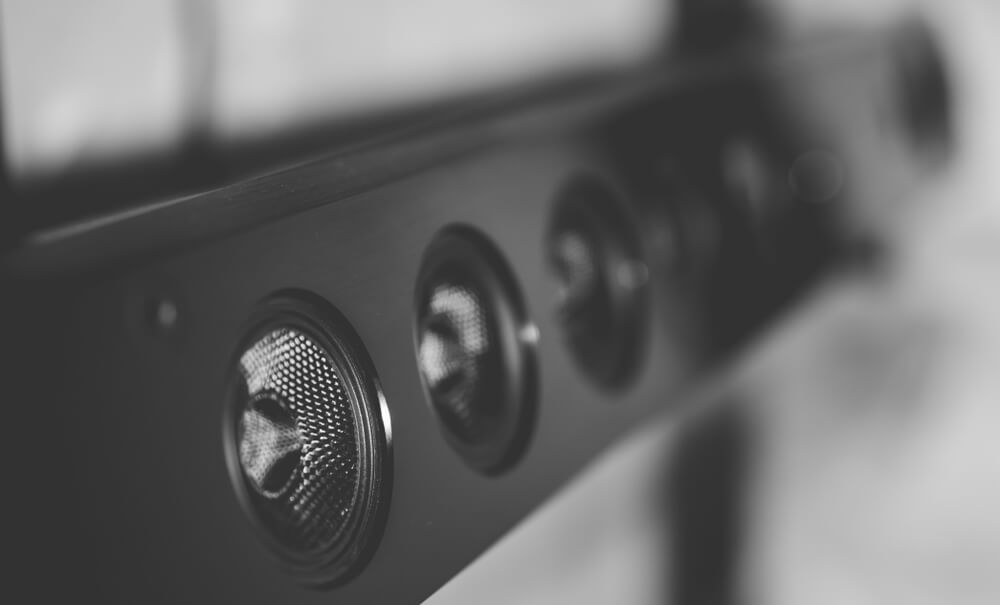
Is PCM Good for Surround Sound?
Yes, PCM is good for surround sound because it accurately represents the original recording. In addition, because your receiver will decode it more accurately rather than sending compressed streams of data to specific speakers, you will get more detailed information with better channel separation, which means everything should sound just as it was meant to be heard.
Now that doesn’t mean that bitstream can’t offer great sounding audio as well, but because both types are already compressed in some way before being transmitted over HDMI ARC, using either method doesn’t matter if your system can adequately decode them at all since both are processed by first encoding the source file before being sent out via HDMI ARC once again.
As mentioned earlier on, though, you need to make sure that your system can handle PCM properly because, without a good decoder, your audio quality may suffer as a result. This means you should do some research on whether it can decode PCM, to begin with, and what bit rate is supported; anything higher than 16-bit/48 kHz (standard CD quality) will be fine, but if the only setting your receiver offers for PCM is 24-bit/96 kHz or 32-bit/192 kHz, then don’t bother as the extra bits won’t make much of a difference in most cases.
Wrap-up
In conclusion, regardless of whether you have a surround sound system or not, both PCM and bitstream encoding has perks, so it doesn’t matter if you use one type over the other.
However, to get the best possible sound quality for your movie or game audio tracks, make sure that whatever technology your receiver uses can process documentation properly (use 24-bit/96 kHz at least) before you consider using either type because every little detail counts when it comes to sound quality.
- How Do I Connect My Samsung Soundbar To Bluetooth? - February 5, 2024
- How To Connect Soundbar To TV With Optical Cable? - February 5, 2024
- How to Choose the Right Audio System for Your Home Theater Setup - April 25, 2023


